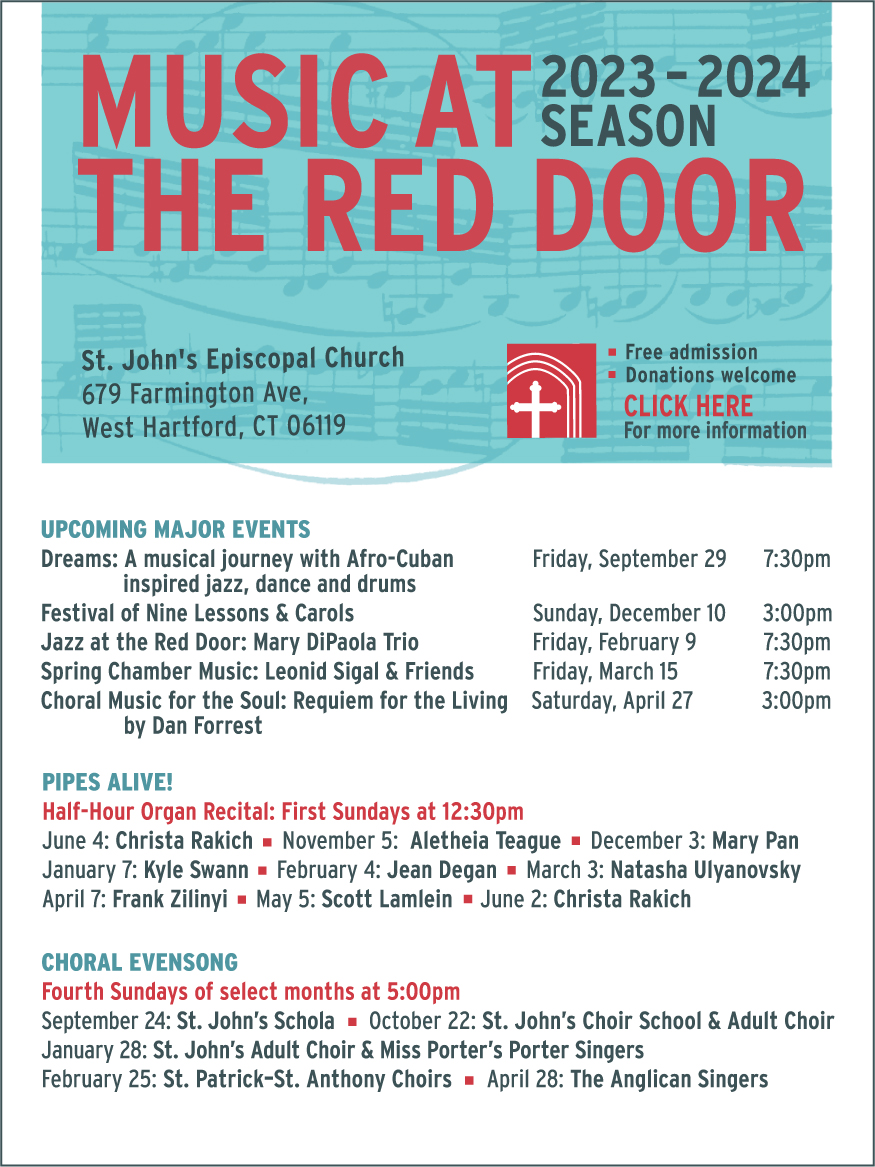World Premiere: Unknown, likely composed in 1830
Most Recent HSO Performance: This is the HSO's first performance of this work.
Instrumentation: 2 flutes, 2 oboes, 2 clarinets, 2 bassoons, 4 horns, 2 trumpets, timpani, and strings: violin I, violin II, viola, cello, and bass
Duration: 11'
It would be difficult to find a more illustrative example of the genteel social engineering of the 19th century than Fanny Mendelssohn Hensel, older sister of the renowned Felix Mendelssohn. Fanny was only six (Felix was one) when the family was forced by the Napoleonic juggernaut to abandon their native Hamburg for Berlin, but she had already been endowed with good genes and disciplined piano instruction by her talented mother, Lea, a student of the noted German theorist and pedagogue Johann Philipp Kirnberger, himself a pupil of Johann Sebastian Bach. (Lea’s sister, Sara Levy, was a gifted harpsichordist and a patron of Carl Philipp Emanuel Bach. It was through that association that a copy of Johann Sebastian Bach’s St. Matthew Passion descended to Felix, who revived the work in 1829.) Felix and Fanny were given equal privilege in the family’s cultured life — the best tutors, intensive musical study with outstanding teachers, travel, elaborate concerts for invited guests at which they displayed their talents as composers and performers, access to the finest strata of German artists and literati. Brother and sister blossomed — in an 1825 letter to Felix, Goethe asks his young friend to “give my regards to your equally talented sister.” That same year Felix went off to university while Fanny attended Humboldt’s lectures on physical geography and Holtei’s talks on experimental physics in Berlin, but thereafter their lives — but not their loving devotion to each other and their mutual respect — went different ways. Felix became one of the most highly regarded musical figures of his day, while Fanny stayed at home, taking part in the family’s Sunday musicales but otherwise discouraged by both her brother and her father from pursuing the life of a professional musician. “You must prepare earnestly for your real calling, the only calling for a young woman — I mean the state of a housewife,” pronounced Papa Abraham. “Music should be an accomplishment, and never a career for women.” In 1829, Fanny married Wilhelm Hensel, a painter at the Prussian court, who urged her to continue composing, which she did, though with little public recognition. The Berlin publisher Schlesinger issued one of her songs in an album for voice and piano in 1837; one volume of Lieder and another of piano pieces were published in 1846. (Felix published two other of Fanny’s songs in a collection of his own works. When Queen Victoria expressed special pleasure at one of them, Felix quickly admitted that it was not his.) Fanny’s only formal concert appearance was as pianist in her brother’s G minor Concerto in 1838. While leading a rehearsal of Felix’s Die erste Walpurgisnacht on May 14, 1847, she suffered a massive stroke and died later that day; she was 42. Felix, already ill and exhausted from punishing overwork, was prostrated by her death; he died six months later. Fanny composed some 400 works in the conservative style that also informs much of her brother’s music, mostly songs and piano pieces, but also cantatas, a string quartet, a piano trio, a piano quartet, two organ preludes, and the Overture in C major for orchestra.
The Overture in C major, dating from around 1830 (when Fanny was 25), was intended for performance at the Mendelssohn Sunday concerts. A lovely slow theme serves as introduction. A sweeping violin passage leads to the Overture’s formal main theme, a galloping melody full of energy and joie de vivre. The woodwinds carry the music to its subsidiary subject, a succession of short string phrases that are nicely threaded into a handsome melody. The darkly colored development section rises to peaks of considerable expressive intensity before the Overture is rounded out by a full recapitulation of the earlier themes.
©2022 Dr. Richard E. Rodda


